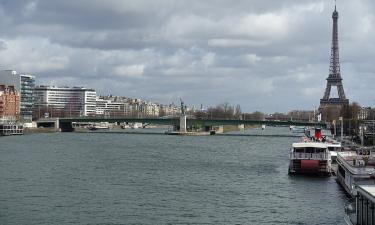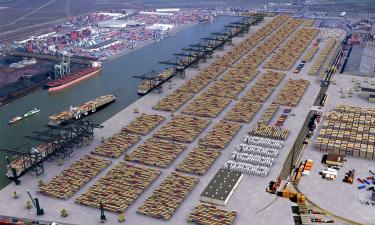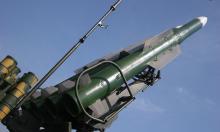Moscow's chief archeologist thinks Moscow is older than is generally believed
Moscow should stop concealing its true age, believes the city's chief architect, Alexander Veksler.
Speaking at a news conference in the Russian capital on Friday, he said that by the end of 2002 it is planned to begin diggings on the territory currently occupied by the Manezh exhibition hall, a few dozen metres from the Kremlin. This place "was never altered after initial development and no additional work was carried out, so we hope that we will be able to find convincing evidence that Moscow is older than it is commonly considered," Veksler emphasised. Proofs, the scholar explained, could be coins, pendant seals, and ceramics. "It is necessary to have plenty of material to have the theory confirmed," he pointed out.
This year, Veksler continued, Moscow archeologists examined about 25,000 square metres of area in the city. The chief architect particularly singled out the work on the territory of the Kolomenskoye museum-preserve. He said that it is planned to set up a permanent museum of archaeology in this, ancient part of Moscow.
Specialists are focusing on the study of the so-called Dyakov ancient dwelling site, which was opposite Kolomenskoye on the other side of the Moskva river. This place is considered to be the most ancient of near-Moscow settlements. Plans exist to create there a permanent archaeological centre for the study and preservation of ancient artifacts and cultural assets. Muscovites and guests of the capital can see now how archaeological diggings are conducted there. Well-wishers can join in the work, since archeologists are experiencing a constant shortage of helpers.
Subscribe to Pravda.Ru Telegram channel, Facebook, RSS!





